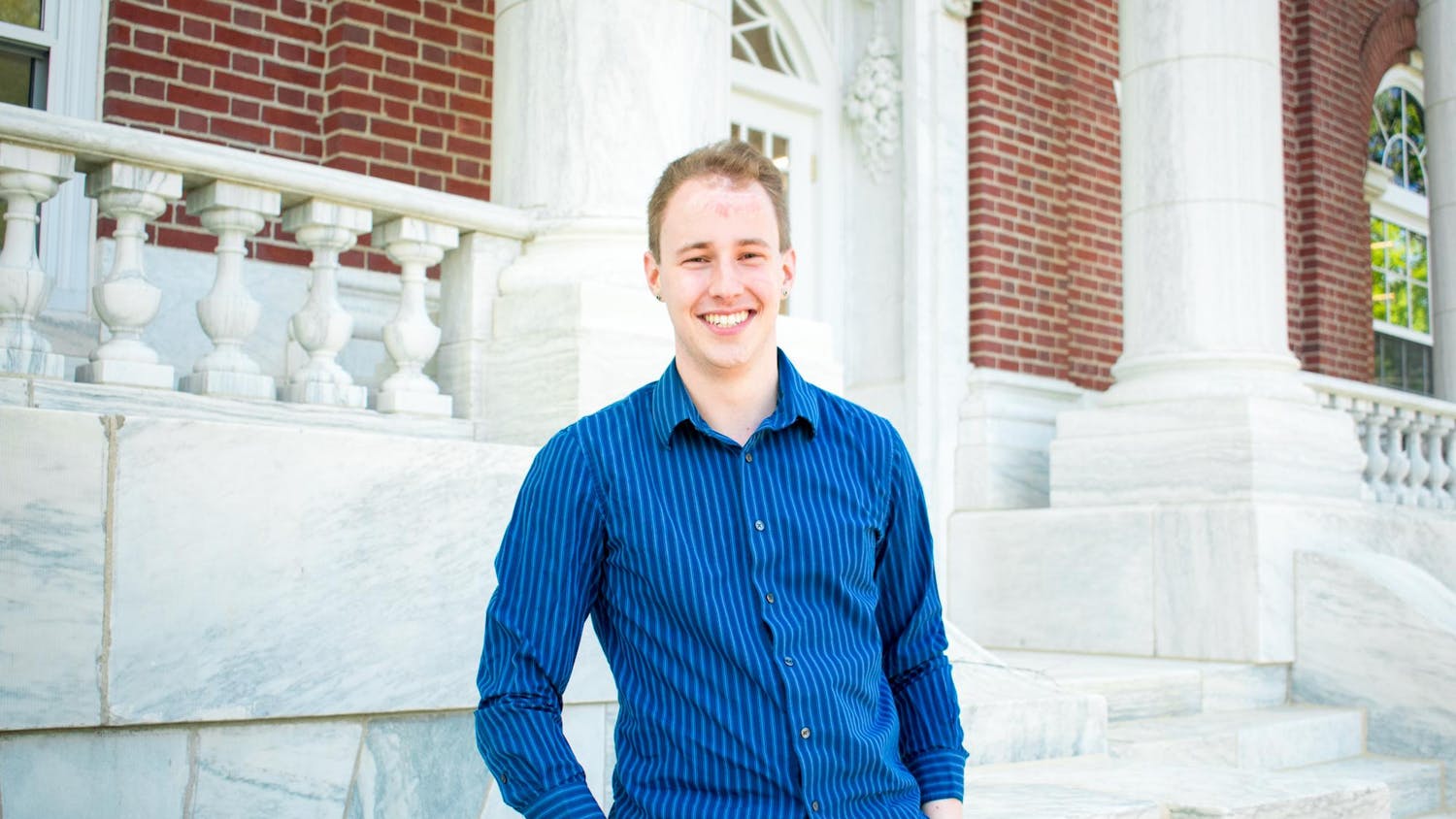There’s a satisfying exhale one makes when they experience something that differs from the artistically cliché. With musical cinema, the accepted, and rather trite, notion of what such a film should look like has developed and transformed immensely in the 21st century. Nowadays, there is an infinite lack of the cluttered excess as seen in classics like “The Sound of Music” (1965) or “Fiddler on the Roof” (1971). I had a lingering fear we’d never get to see the jaunty, visual eye candy from Jacques Demy or Ken Russell make its way back into theaters. But along came Leos Carax to prove to us that nothing is out of the question. With “Annette” (2021), the director premiered something of a confluence between a Shakespearean tragicomedy and an unrelenting rock opera and never looked back.
“Annette” is about a creatively and masculinely stunted comedian, Henry McHenry (Adam Driver), and widely acclaimed singer, Ann Desfranoux (Marion Cotillard). Their relationship is a publicized event and is seen as the unity of an angelic primadonna with an American heartthrob. The couple remains the center of the film alongside their daughter, Annette. But, in an odd decision made by Carax to make the body of Annette be that of a marionette puppet, Henry and Ann’s daughter is stripped of any human qualities. This portends one of the prominent themes in Carax’s stories — the dehumanization and depersonalization of worldly beings.
The film builds further on the unraveling and eventual implosion of Henry and Ann’s relationship. And subsequently, there is an emphasis on familial connection — primarily between Henry and Annette. From the thematic angle, the film is a power chord of emotional potency, as both a narrative and an experience.
The heartbeat of “Annette,” as with most musicals, is the score from brothers Ron and Russell Mael — otherwise known as the frontmen of pop outfit Sparks. Their lyrics are intrinsically melodramatic and juxtapose Carax’s story but sumptuously ground the plot. The opening number features a cameo from the brothers entitled “So May We Start” in which they exit a studio with Adam Driver and Marion Cotillard and walk down a road together, with deadpan faces, singing a tune about “starting.” Lyrically, the songs are full of expository discussion with on-the-nose themes. For instance, there’s a song titled “We Love Each Other So Much.” And, as the title suggests, the tune is about two characters professing their undying passion for each other. This is a style that philistines of reality television may call “cringe,” when others may find it easy to indulge and identify it as quirky and advantageously naive.
In a sense, Leos Carax’s work harkens back to the melodramatic fluff of classic Hollywood musicals while still incorporating the sordid presence of fame, lust and downfalls. “Annette” is a deeper descent into the murky waters of Carax’s artistic vision, and it may very well be the pinnacle of his career that deserves a spot in the hallowed halls of musical cinema.






